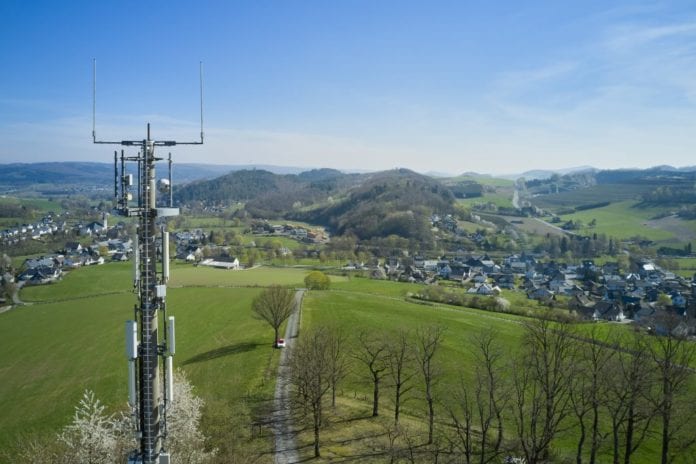Vodafone Germany said its 5G network is now available to 16 million people across the country.
In a release, the operator said it has activated the 5G network for another 6 million people since the beginning of November.
Vodafone Germany has turned up more than 5,000 5G antennas in 800 cities and communities.
“We are building 5G in large cities, in medium-sized cities and also in rural areas. And we’re making progress faster than planned. We are now reaching 16 million people with 5G. We activate a 5G antenna every 20 minutes,” said Vodafone Germany Germany CEO Hannes Ametsreiter.
The executive previously said that the telco expected to reach 30 million people with its 5G network by the end of 2021.
For its 5G expansion in Germany, Vodafone is relying on 5G frequencies at 1.8 GHz in most locations — especially in cities — and also on 3.5 GHz spectrum.
Vodafone also uses frequencies in the 700 MHz band at individual locations to expand mobile communications in rural areas.
The telco is also using dynamic spectrum sharing (DSS) technology for its 5G expansion.
Vodafone initially launched its 5G network in Germany in 2019, on 3.5 GHz frequencies that it acquired from Telefónica in 2018.
Vodafone Germany acquired radio spectrum for 5G mobile networks at Germany’s Federal Network Agency for a total cost of 1.88 billion euros (currently $2.29 billion). It has secured 90 megahertz in the 3.6 GHz band and 40 megahertz of 2.1 MHz spectrum. The auction ended in mid-June and generated around 6.55 billion euros.
The German operator previously confirmed that it will continue to pursue a dual-vendor strategy for its networks, with gear from Chinese vendor Huawei and Sweden’s Ericsson.
Rival operator Deutsche Telekom recently said that more than 45,000 antennas are 5G-capable throughout Germany. This means that well over 4,500 cities and municipalities in Germany have 5G services.
Around 55 million people can use the new mobile communications standard, representing two thirds of the country’s overall popuation.
Deutsche Telekom is using different frequencies for its 5G expansion. The focus is on the 2.1 GHz and 3.6 GHz frequency bands. Deutsche Telekom kicked off the rollout of its 5G network in a limited number of cities across Germany at the beginning of July 2019.
Telefonica Deutschland aims to cover 16 million people with its 5G network by 2022, with coverage across Berlin, Hamburg, Munich, Frankfurt and Cologne this year.
Meanwhile, the construction of 1&1 Drillisch’s 5G network has been experiencing delays due to the COVID-19 pandemic. According to previous reports, 1&1 Drillisch expects to launch its 5G network in 2021.

